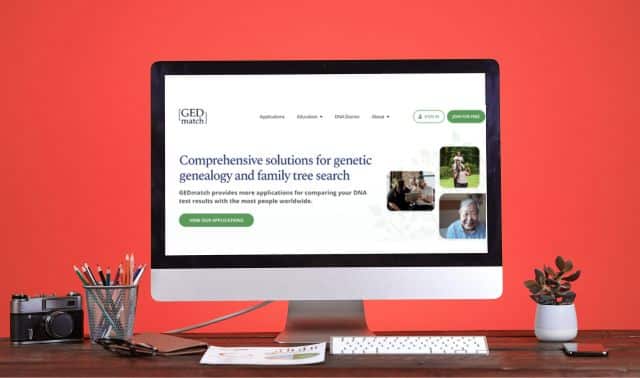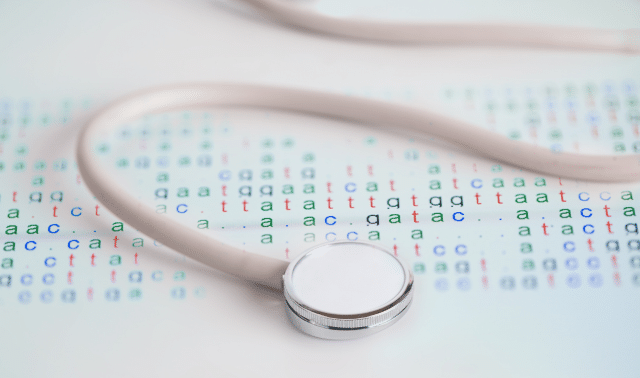Sign up for the Family Tree Newsletter Plus, you’ll receive our 10 Essential Genealogy Research Forms PDF as a special thank you!
Get Your Free Genealogy Forms
"*" indicates required fields

Q: I often see people talk about mirror trees in one of my genetic genealogy groups on Facebook. What’s a mirror tree? Should I be using one?
A: Mirror trees are a “guess-and-check” technique genetic genealogists can use to investigate relationships to their matches. They work only at AncestryDNA and MyHeritage DNA, because you need a DNA account linked to a family tree in order to use this method.
Both of these sites try to help you make connections with your DNA cousins by scouring your family tree and your match’s family tree to find connections. Ancestry shows you these connections in the form of leaf hints next to a person in your match list, and MyHeritage gives you SmartMatches.
You create a mirror tree by choosing a third cousin or closer match and making a copy of that tree in your own account. There’s not a fast way to do this: You have to start a new tree and add people to it one at a time. Then link your DNA results to the new tree, instead of to your own tree. The next step is to wait for your testing company to look through your DNA match list and find matches who have the same ancestors in their trees, thus generating a hint. All the hint really means is that another person shares DNA with you and has a tree with the same ancestor as you do.
Read: DNA Q&A: Handling Sensitive Information
Your Best Match
Mirror trees can work, but finding out how you’re related to another match doesn’t have to be that complicated. To create a mirror tree, you first found a DNA match with a family tree you thought had a shared ancestor. I’ll call this person your Best Match. Instead of reconstructing that tree in your own account, you can use the Shared Matches tool (available at all testing companies) on that Best Match to find other people who are genetically related to both you and your Best Match. Then look through their trees for a common ancestor.
If you can figure out how your matches are related to each other, then you’ll know that their shared ancestor is likely also your shared ancestor.
Matching Surnames and Birthplaces
Another tactic, related to a mirror tree, is to identify a person in your match’s tree who has a surname and birthplace that also appears in your tree. Then build a tree for that person, looking for relatives who connect to your family.
A version of this article appeared in the January/February 2019 issue of Family Tree Magazine.
Related Reads:
- DNA Q&A: Handling Sensitive Information
- 6 Things to Do When Your DNA Match Doesn’t Have a Tree
- DNA Q&A: Organizing DNA Matches
ADVERTISEMENT




